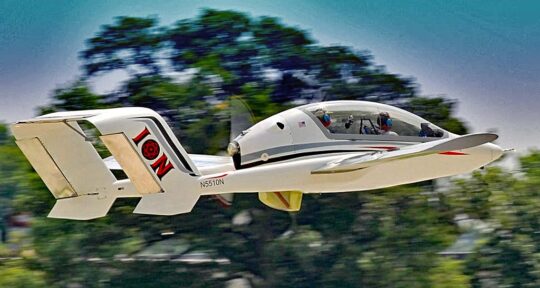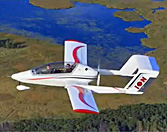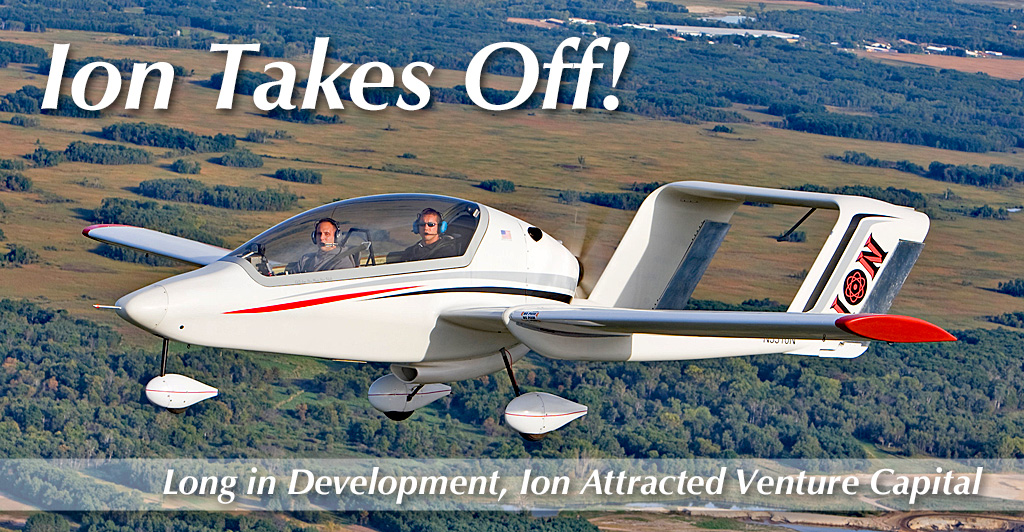
A few years back at EAA AirVenture Oshkosh, I discovered a good-looking design but I did not see it each year. When I talked to developer Steve Martin, the project appeared interesting but it was not complete (at that time). The next year, I’d look for Ion Aircraft and might not find them. Such is the nature of developing a small aircraft. Most aircraft buyers have little idea about the million and one things that must come together to create a design. Once the aircraft has proven itself, the challenge starts anew to put a completed model into production. Usually financing becomes an obstacle to clear. I’ve faced this scenario myself — with a motorglider called Cumulus back in the 1990s — so I can confirm this is no easy task. Nonetheless, I was pleased to receive a notice that Ion found a buyer for the project, a venture capital company at that.


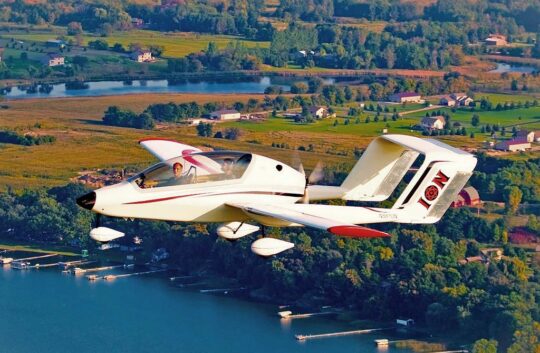 Such is the nature of developing a small aircraft. Most aircraft buyers have little idea about the million and one things that must come together to create a design.
Once the aircraft has proven itself, the challenge starts anew to put a completed model into production. Usually financing becomes an obstacle to clear. I've faced this scenario myself — with a motorglider called
Such is the nature of developing a small aircraft. Most aircraft buyers have little idea about the million and one things that must come together to create a design.
Once the aircraft has proven itself, the challenge starts anew to put a completed model into production. Usually financing becomes an obstacle to clear. I've faced this scenario myself — with a motorglider called 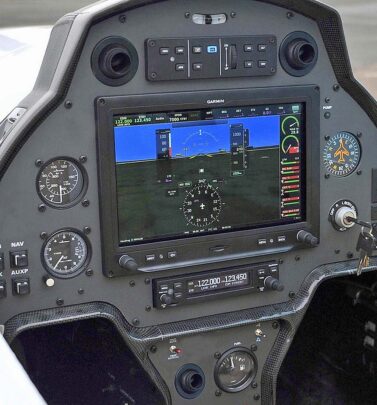 Nonetheless, I was pleased to receive a notice that Ion found a buyer for the project, a venture capital company at that. This will not be a mom-and-pop-funded project.
Nonetheless, I was pleased to receive a notice that Ion found a buyer for the project, a venture capital company at that. This will not be a mom-and-pop-funded project.
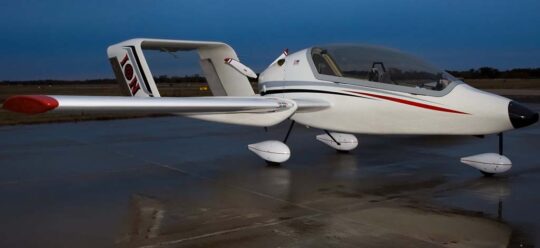 Located near the University of California San Diego, the capital company is involved with other projects including business jets and eVTOLs plus medical and financial products. Since the acquisition is recent, it is premature to describe where and how Gaea will produce the aircraft.
Tim Apgar wrote, "Ion Aircraft LLC, which has been for sale since November 2020, was recently acquired by venture-capital investor Gaea Capital on September 10, 2021. Hopefully, this will enable Ion to finalize the design and enable marketing of their LSA product after many years of development."
Located near the University of California San Diego, the capital company is involved with other projects including business jets and eVTOLs plus medical and financial products. Since the acquisition is recent, it is premature to describe where and how Gaea will produce the aircraft.
Tim Apgar wrote, "Ion Aircraft LLC, which has been for sale since November 2020, was recently acquired by venture-capital investor Gaea Capital on September 10, 2021. Hopefully, this will enable Ion to finalize the design and enable marketing of their LSA product after many years of development."
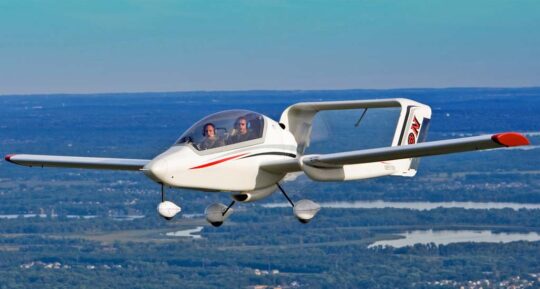 After the acquisition, Tim updated his earlier communications, "The
After the acquisition, Tim updated his earlier communications, "The 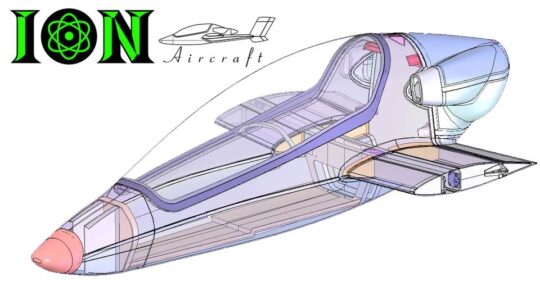
 At AirVenture 2012, I spoke with Steve Martin (not the comedian) about Ion. He hoped to get the aircraft available as a home-built kit by 2013 but things took longer.
https://youtu.be/NmGE0XIk1II
This view of an Ion taking off shows retractable gear for present-day EABs or possibly future LSA.
At AirVenture 2012, I spoke with Steve Martin (not the comedian) about Ion. He hoped to get the aircraft available as a home-built kit by 2013 but things took longer.
https://youtu.be/NmGE0XIk1II
This view of an Ion taking off shows retractable gear for present-day EABs or possibly future LSA.
